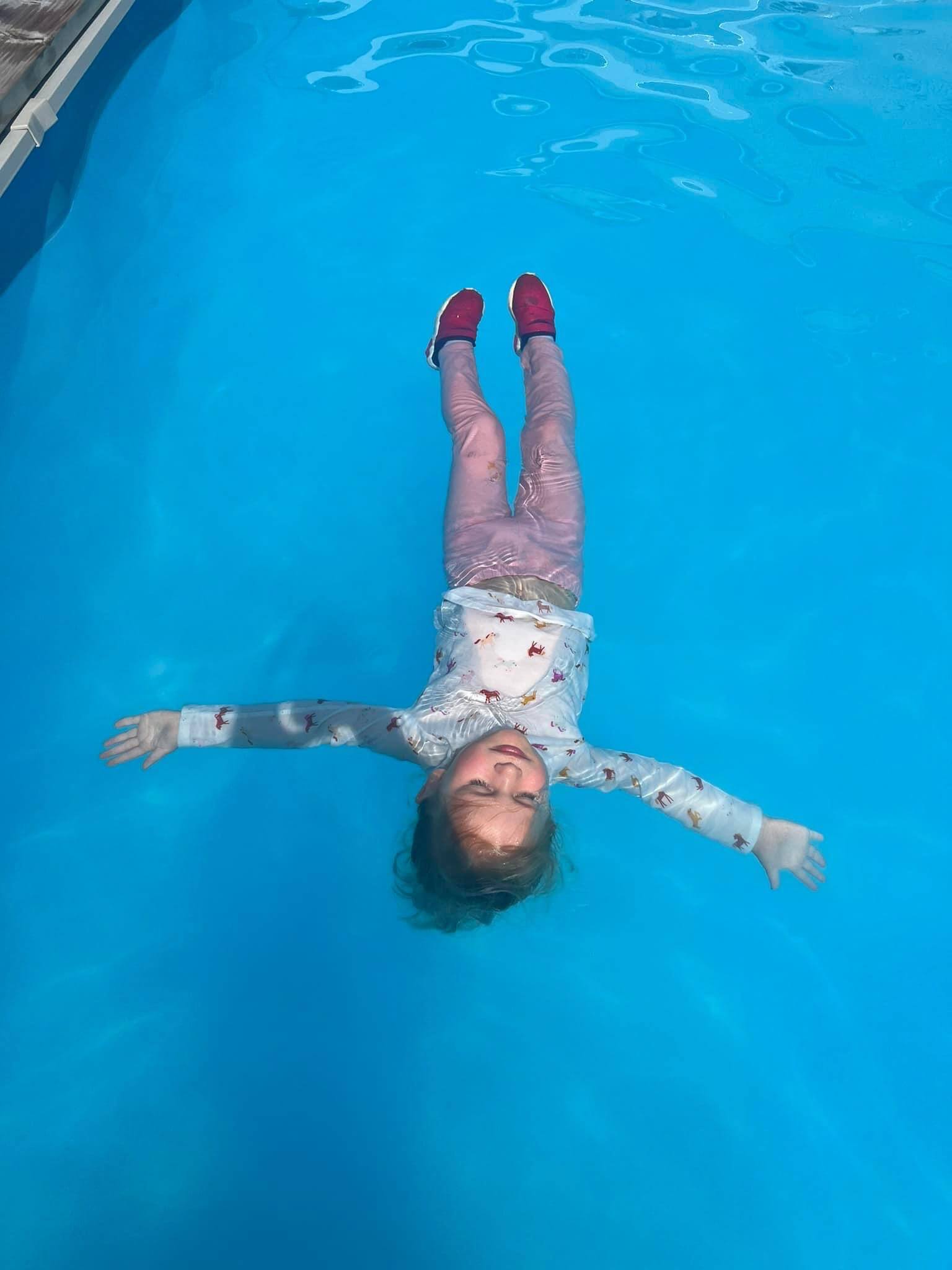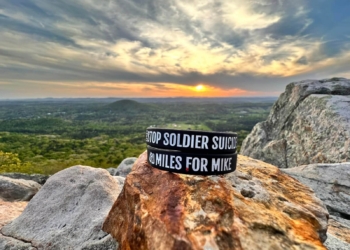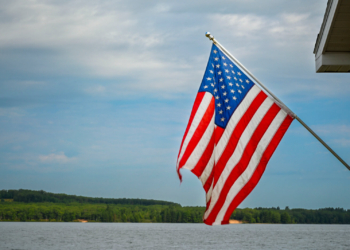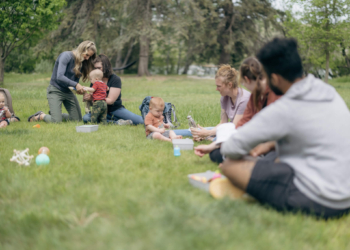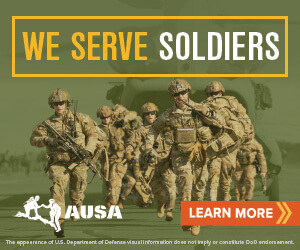One sticky, hot afternoon last summer, I watched my 4-year-old daughter swim toward the edge of the pool. Her little hands stretched out and touched the wall, then reached up out of the water to grab the ledge. Failing to get a good grip, her head slipped back under.
I held my breath as she used her palms to push herself away from the wall. Then, she calmly flipped onto her back and floated belly up on the surface. When she had caught her breath, she rolled back over, scanned her surroundings underwater, and swam to the nearby stairs.
I immediately relaxed. All of the tension I had been holding in my body released as I realized, she can do it. She didn’t panic. She didn’t drown.
This all happened in a matter of seconds. Precious seconds that could make the difference between life and death in a drowning situation. And I had peace of mind in knowing that my daughter could rescue herself.
All thanks to survival swim lessons.
Every day during the summer, you can find Hannah Strait and Tori Maar in the pool from 8 a.m. until 5 p.m. Wearing wetsuits, hats, and sunglasses to combat the sun’s glaring rays, they often work with dozens of young students a day. The two women have a lot in common — they are both military spouses currently stationed at Marine Corps Base Camp Lejeune in Jacksonville, North Carolina. Their husbands work as EOD techs in the same MOS. They are both busy and devoted moms. And they are both incredibly passionate about teaching essential water safety skills to kids through a program called Swim Life.
“The goal of our lessons is to build confidence by creating a trusting relationship between the water and the student while teaching them to self-rescue,” Strait said. “This means if a child were to fall into a pool unexpectedly, even fully clothed, they could get into a float or swim to safety.”
The Swim Life basic training program consists of four to five days a week of 15-minute private lessons for roughly four weeks. Children can begin as soon as they can sit unassisted, and lessons are $25 each, but promotions and discounts are often available. Once students complete basic training, they can progress to maintenance lessons, snorkeling, diving, and stroke development. If it sounds like a big financial and time commitment, that’s because it is — but for good reason.
“This schedule decreases discomfort and hesitation and helps build muscle memory through repetitive exposure to the water,” Maar said. The one-on-one lessons also allow instructors to tailor them specifically to the individual child so they can become more confident and comfortable.
“This can be especially beneficial for children who may be fearful of the water or have had negative experiences in the past,” she added.
The Swim Life approach differs significantly from traditional swim lessons, which Strait noticed after she switched from teaching non-survival lessons to Swim Life.
“I was not actually teaching children to swim in the maybe two weeks of lessons they attended. I was helping them become comfortable in the water, but not truly giving them any skills,” she said.
Maar added that the downside to traditional lessons is they are often conducted in a group setting, use kick boards, and don’t always promote swimming with eyes down and face in the water until a much older age.
“All of these things can form bad habits and a false sense of security in the child’s skills,” she said. “So while a child using a kick board or being held in a traditional swim lesson may think they can swim, without assistance or a floating device they would potentially not know what to do in case of a real life water emergency.”
Being prepared in the event of a real water emergency is exactly why survival swim lessons are so important.
I won’t lie — I had my doubts when my son and daughter started the program last August. Watching them sputter and cry at first was difficult, to say the least. Fortunately, both Tori and Hannah, and every other mom I talked to whose child had gone through it, reassured me that lessons are taught in a safe, controlled environment, and that it would get better.
“We get a lot of moms who are very worried about this, and I am honest with all of them,” Strait told me. “The first couple weeks can be stressful. I personally think it’s far more stressful for the parents then it is on the children.”
You don’t have to take their word for it — both Strait and Maar put their own children through the Swim Life program at early ages. Tori’s daughter started at nine months old, and Hannah’s twins started at 13 months.
“They are now five and very impressive swimmers,” Strait said. “They understand their natural boundaries around water, and what they can and cannot do. Not only that, but the confidence it helped build in them as they realized they could do hard things with a little bit of hard work and determination was something I could have never given them as just a parent.”
Swim Life coaches go through extensive, hands-on training and are all CPR and first aid certified. Not only do they teach essential water survival skills, but they make it a priority to build rapport and trust with their students.
“I do my best to snuggle, play, sing, and comfort them all while maintaining the program’s course,” Strait said. “I want to build a lasting relationship with my students, and I truly love every single one of them. I take that relationship and the skills I am teaching very seriously,” she added.
Sure enough, within a month of starting, both of my kids were able to save themselves in the water. Their progress was astounding. They went from crying in the car on the way to lessons to crying when they had to get out of the pool, and both Tori and Hannah are now some of their favorite people. Six weeks after our very first lesson, both kids could swim across the entire length of the pool independently. This summer, they will be learning the basics of stroke technique.
Survival swim lessons have been the most worthwhile investment for our family, and bring so much peace of mind. While I discovered that doing something new can be uncomfortable initially, the fleeting discomfort I felt watching my kids learn could never compare to the devastating grief I would experience if they drowned.
For those parents wanting to know how best to keep their kids safe around water this summer, both instructors emphasized the importance of constant and attentive supervision.
“This means staying within arm’s reach and never leaving a child alone in or near the water,” Maar reiterated.
She also recommends getting CPR certified and putting children in brightly colored swim suits.
“Neon green, yellow, and orange were found to be the most visible in the water and can make it easier for you to spot your child if they are in danger,” she said.
“Enroll your children in survival swim lessons,” Strait said. “We teach all ages, there is no age that is ‘too old’ to enroll. Children of all ages need to know how to save themselves.”
You can find Swim Life instructors all over the world, many of whom are military spouses. They teach lessons near most of the larger Marine Corps and Air Force bases, and even overseas. If you are interested in lessons in the Eastern North Carolina region, you can contact Strait or Maar through their Facebook pages, Swim Life with Coach Hannah and Swim Life with Coach Tori.


